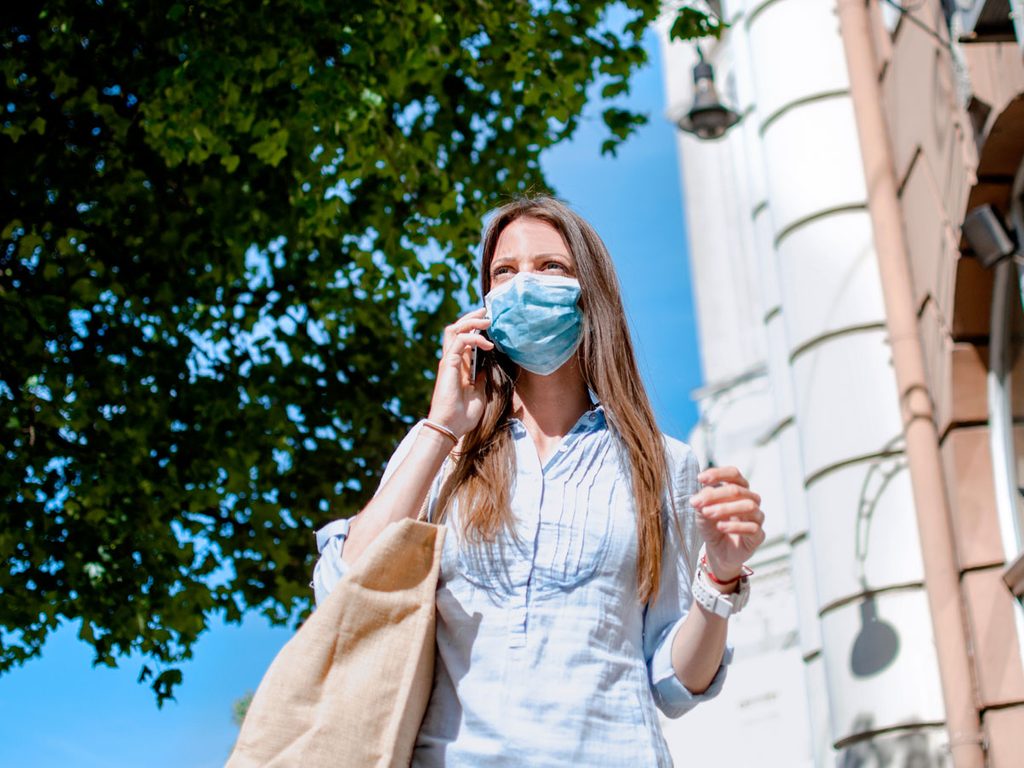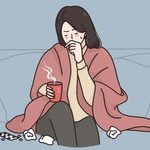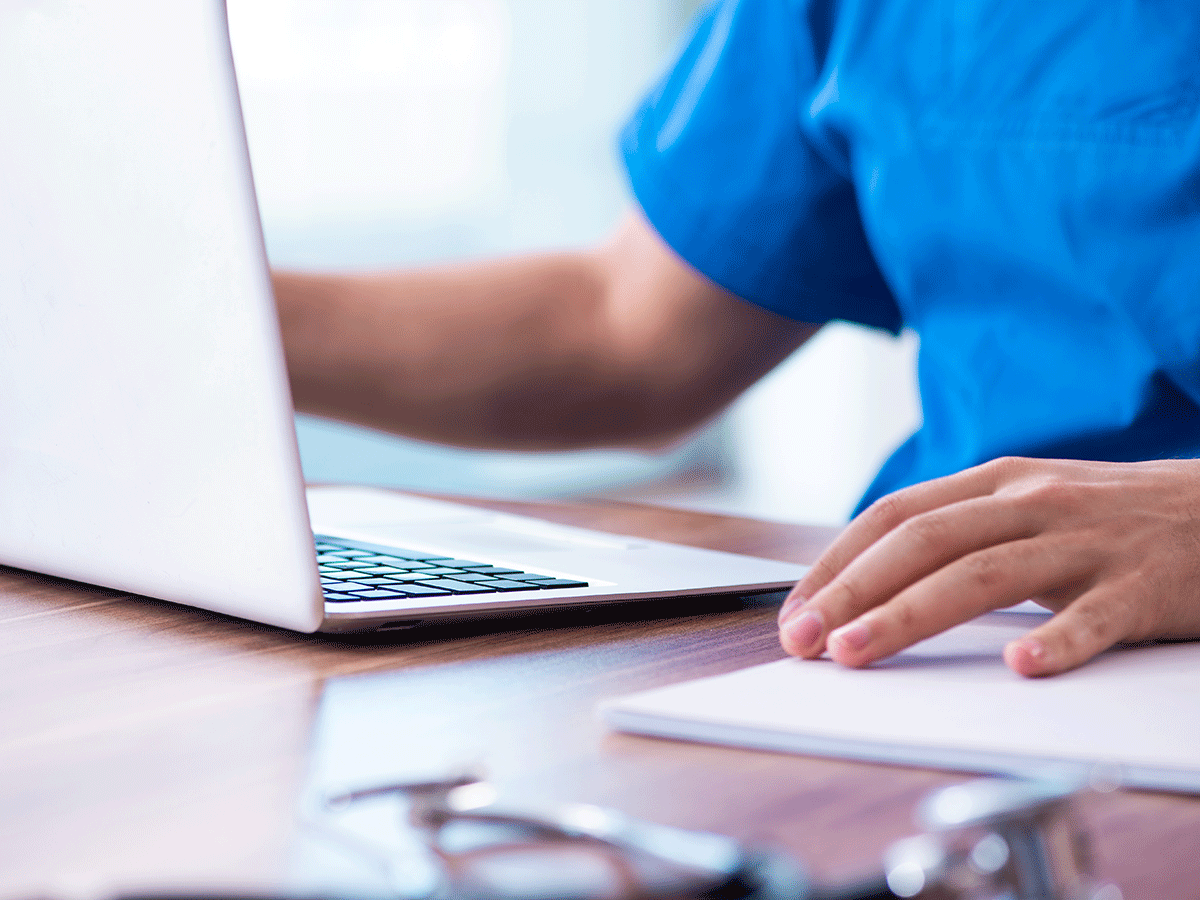I’m Resisting the Return to Pre-Pandemic ‘Normal’—and You Should Too

Phase three, I tell anyone who’ll listen, is based on economics, not epidemiology. The virus is very much still here.
At first, I was able to cope with the pandemic. In the 2000’s, I’d worked as a senior analyst, crafting infection control policy. So I knew enough about how diseases spread, the scarcity of government foresight during epidemics, and our systemic lack of hand washing to understand the risks—and protect myself against them. Shielding myself from infection is particularly important: I was diagnosed with lymphoma in 2013 and received chemotherapy, which has left me immunocompromised.
I prepared for COVID-19 early. In fact, I was the only person wearing a mask on a flight home from Ottawa in late February, no doubt freaking out my fellow travellers. In the lockdown phase, I took comfort in a clear set of rules: stay home, have groceries dropped outside, wipe them down, wash hands, doorknobs, counters, don’t let anyone in. Then, things started opening and clarity gave way to confusion. While I was formerly a helpful member of the “stay home and flatten the curve” team, as we venture out of quarantine, I’m becoming an obsessive, risk-adverse harpy.
Just ask my 17-year-old son, Ari. He’s been dipping his toe in liberation and meeting friends outdoors. He leaves the house with a mask in his pocket and that’s all I know. I’m told they maintain safe distance. He came home on Canada Day having climbed onto the roof of his old public school to watch fireworks. When he told me, I panicked, not about the risk of falling, but about whether they used their hands to pull each other up. Then he complained he’d accidentally taken his friend’s ear pods. (HOW DID THAT HAPPEN IF YOU WERE SIX FEET APART?) After months alone with only me, I want him to see friends. The weather is warm. Science supports the relative safety of outdoor socializing a few metres apart. But still I can’t stop lecturing. My constant safety reminders—force-feeding my loved ones fear sandwiches—get me a lot of eye rolling.
New virus, new fear
Here in Ontario, we have entered “phase three,” meaning services previously deemed non-essential—restaurants, bars, gyms—are re-opening. This new phase, I tell anyone who’ll listen, is based on economics, not epidemiology. Some newly opening spots are among the places we’re most likely to get infected. During the week of July 20, COVID-19 cases spiked by 20 percent in Canada, particularly in provinces like Quebec, which entered phase three earlier in the summer. The virus is still here.
Rules change daily. Wear a mask. Don’t wear a mask. Ten can gather. Fifty can gather. And have you ever heard the word bubble used so much, with such little precision? I know we can’t stay closed forever, and that, for some, the risks associated with COVID-19 are being weighed against an inability to afford rent and food. Still, this trial and error opening period throws my COVID coping mechanisms into the garbage and obliterates the precarious sense of control I’d established. I’m not alone in my fear. A July Angus Reid poll found that that 59 percent of Canadians were concerned about contracting COVID-19.
Despite my anxiety, I’m one of the lucky ones—I’m financially secure, and neither dependent on a risky frontline job, nor trying to educate and entertain young children while working full time. Uncertainty and heavy burdens define the moment for many Canadians. A recent Oxfam Canada poll indicated that 71 percent of women report feeling more anxious, depressed, isolated, overworked or ill from shouldering additional unpaid care work. Women living in poverty, Black and Indigenous folks and other people of colour are more likely to suffer economically and mentally. (Related: Read up on how to cope with depression if you or a loved one comes down with COVID-19.)
How to curb anxiety
Paula Klein, a Toronto-based psychotherapist for over 30 years, says her clients’ anxieties have morphed since early COVID days. On top of worrying about getting infected, clients fear what the future might hold—socially, economically, romantically, mentally. “Navigating decisions with uncertainty and no end in sight, while often being judged for whatever choice we make, can be debilitating,” Klein says.
In order to cope, she encourages people to talk about their fears and anxieties, rather than push them down. Another important coping mechanism, she says, is not to drain our already limited energy fixating on what we can’t control, like, not knowing when we’ll be back at the office or able to visit our grandchildren. Instead, Klein suggests we strive to accept uncertainty. Easier said than done, but even constant notes-to-self—there’s nothing I can do about that one—can help pull us out of a tailspin.
Dr. Dori Seccareccia, a psychosocial support practitioner at the Odette Cancer Centre in Toronto, points out the similarities between a cancer diagnosis and the pandemic. “Few people understood how deeply isolating cancer is,” she says. “With the arrival of COVID-19, life changing in an instant, or living with constant fear became a common experience.” We might find an additional level of struggle as our regular support networks are busy facing their own challenges. “There’s so much loss and grief,” Seccareccia says. “I encourage my patients to take life an hour at a time. Creating a routine is crucial for finding calm, she says, especially if your typical schedule is likely to remain disrupted in the coming months. Feeling overwhelmed is inevitable, but Seccareccia recommends giving yourself permission to take breaks whenever possible. “That could mean listening to music, staying active and ruthlessly prioritizing what’s really necessary.”
As the pandemic stretches on, I’m attempting to stay in the moment, and avoid fantasies about getting back to the way things used to be. I make it a point to appreciate simple backyard visits. When I feel overwhelmed by anxiety, I call my mom or do deep breathing exercises. And when a sore throat inevitably pops up—likely caused by anxiety mixed with mask breathing—I try not to freak immediately. And sure enough, it passes within a couple of hours.
I’m letting my son head to the cottage with his dad and six friends. By my calculation, that’s anywhere from 15 to 75 bubbles being popped. I’m mitigating my anxiety by having conversations with the parents, insisting on masks in the car, buying stuff to make S’mores, and planning to social distance in the house when he returns. The kids are beyond excited. It’ll be the best thing they do all summer. As for what’s coming—the potential daily terror of in-class school I’ve started calling Russian Roulette, the safe socializing opportunities the cold weather will steal back (I’ve ordered a propane heater for the back yard)—I try not to think about it too much.
Next: Learn what the anti-mask movement needs to know about COVID-19.




